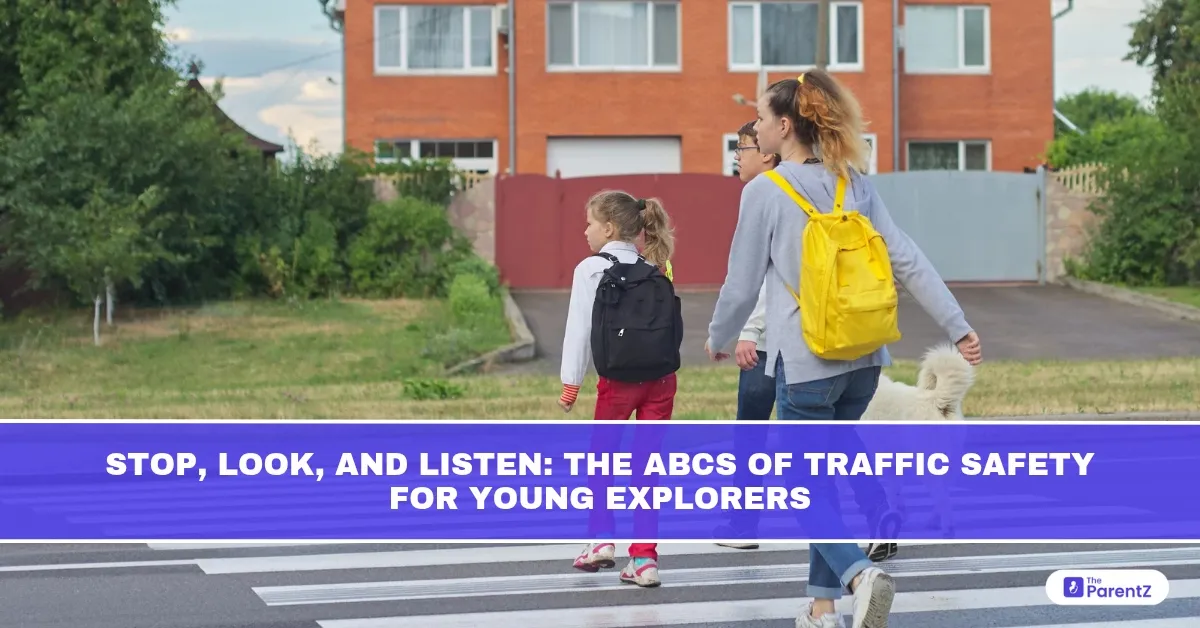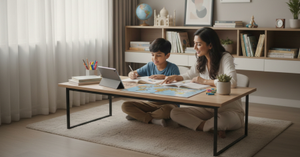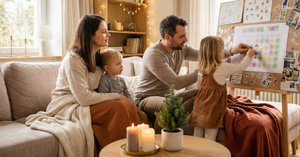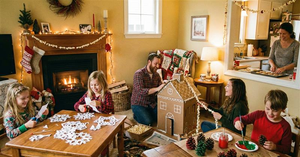Every child is a curious explorer, eager to run, play, and discover the world around them. But when it comes to roads and traffic, curiosity needs to be balanced with caution. Teaching kids how to stay safe while navigating streets, crossings, and busy areas is one of the most important lessons we can give as parents.
Enter the ABCs of Traffic Safety: Stop, Look, and Listen. These three simple words form the foundation of safe habits that can protect children from accidents and give them the confidence to explore their world safely. In this article, let’s explore how these rules can become second nature for kids and how parents can make learning about traffic safety engaging, meaningful, and fun.
Why Traffic Safety Matters for Young Explorers
For children, roads are exciting places. They see buses, cars, cycles, and people moving fast, and their natural instinct is to dash, skip, and run. But roads can also be unpredictable and dangerous. Drivers may not always see small children, vehicles may move faster than they appear, and even a quiet street can hold hidden risks.
Every year, too many families experience the heartbreak of road accidents involving children. Yet most of these accidents are preventable. By teaching children the basics of traffic safety, starting with “Stop, Look, and Listen”, we can give them the tools to make smart choices, stay safe, and grow into responsible road users.
The ABCs of Traffic Safety: Making It Simple
Let’s break down the Stop, Look, and Listen rule into easy, everyday steps for your young explorer:
Stop
When you’re near a road, the first thing to do is STOP. No rushing, no guessing. Just stop at the edge of the footpath, driveway, or crossing point. It’s like pressing the “pause” button in a game before moving to the next level. This gives your child the time to think, stay calm, and prepare for the next steps.
Look
Next, teach your child to LOOK in all directions:
- Left
- Right
- Left again
Explain that they should look for moving cars, bikes, and even parked vehicles that might suddenly start moving. Make it fun by turning it into a game: “Let’s see if we can spot all the vehicles before we cross!”
Listen
Finally, encourage your child to LISTEN carefully. Are there cars revving their engines? Horns honking? Sometimes, a vehicle might be around the corner or hidden behind a tree or wall. Remind your child that their ears are like superhero tools—helping them hear danger even if they can’t see it.
These three simple steps, Stop, Look, and Listen, create a safety habit that can stay with your child for life.
Everyday Moments That Teach Big Lessons
You don’t need to wait for a special class to teach road safety. Every walk to school, trip to the market, or outing to the park is a chance to practice these rules.
For example:
- At a zebra crossing, let your child take the lead: “Can you tell me when it’s safe to cross?”
- At a traffic signal, explain the lights: “Red means stop. Green means go. Yellow means get ready!”
- When you see someone breaking a rule, use it as a teachable moment: “Did you see that person cross without looking? That’s not safe. What should we do instead?”
These real-life experiences turn lessons into habits, making children more confident and responsible on the roads.
Fun Ways to Reinforce Traffic Safety
Children learn best when learning is fun. Here are some ideas to make road safety exciting:
Safety Games
Play “Red Light, Green Light” at home or in the park. Add “Yellow Light” as a slow-motion movement! Or create a “Safety Scavenger Hunt” where your child earns points for spotting zebra crossings, traffic lights, or helmets.
Craft Time
Make traffic signs, stop signs, traffic lights, and pedestrian crossings together and display them in their room. Let your child be the “traffic officer” who decides when it’s safe to cross!
Songs and Rhymes
Create a catchy rhyme:
Stop at the kerb, look left and right,
Listen for cars, then cross in sight!
Or sing along to a simple traffic safety song during car rides or walks.
The Parent’s Role: Leading by Example
Children watch what we do more than they listen to what we say. If they see you crossing when the light is red, stepping onto the road without looking, or ignoring traffic rules, they’re likely to copy. That’s why it’s so important to model safe behaviour every time you’re out together.
Hold your child’s hand when crossing the road. Wait patiently for signals. Wear a seatbelt, even on short rides. When you take safety seriously, your child learns that it’s important not just a rule for kids, but for everyone.
Growing Confidence, One Step at a Time
As your child practices the ABCs of traffic safety, they’ll gain confidence in their ability to navigate the world safely. They’ll learn to pause before acting, make thoughtful choices, and look out for themselves and others. These skills go far beyond road safety, they teach responsibility, patience, and care for the community.
Every time your child stops at the kerb, looks both ways, and listens before crossing, they’re not just following rules. They’re becoming an explorer who knows how to travel safely. They’re becoming a Road Safety Hero in their own right.
Conclusion
Roads are part of every child’s world, and learning how to navigate them safely is an essential life skill. By teaching our young explorers to Stop, Look, and Listen, we’re giving them the tools they need to stay safe and independent and maybe even save lives.
So the next time you’re out on a walk, take a moment to practice the ABCs of traffic safety with your child. It’s a simple habit, a small moment, but it’s the beginning of a lifelong journey of safety, responsibility, and care. Let’s raise a generation of smart, safe, and confident explorers one step, one look, and one listen at a time.








Be the first one to comment on this story.